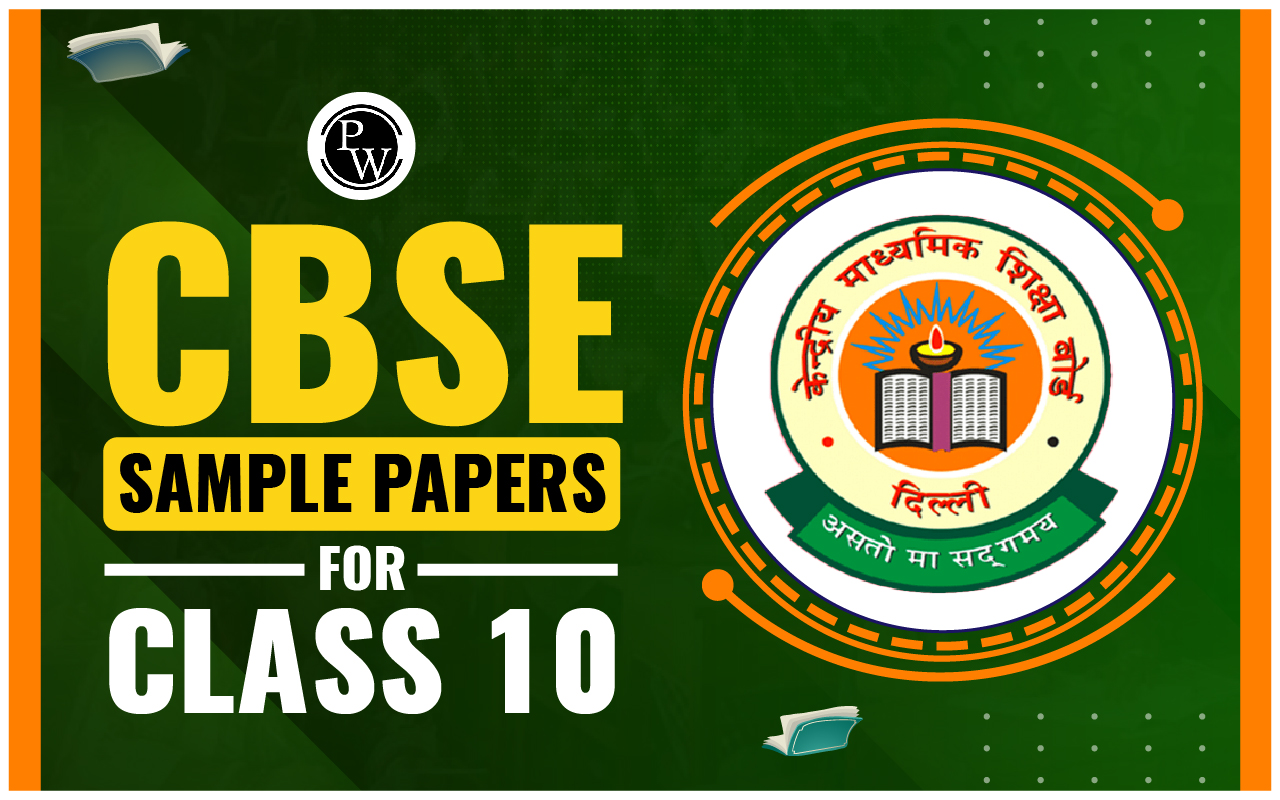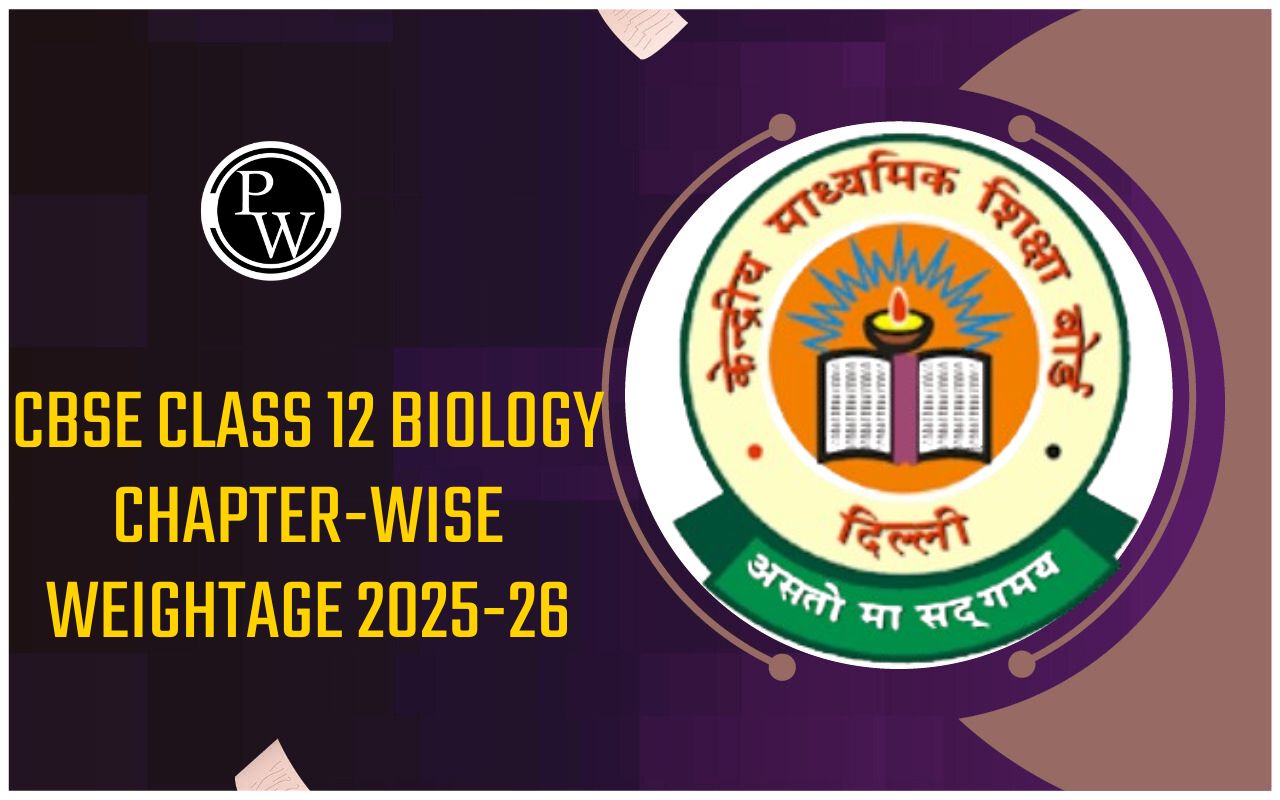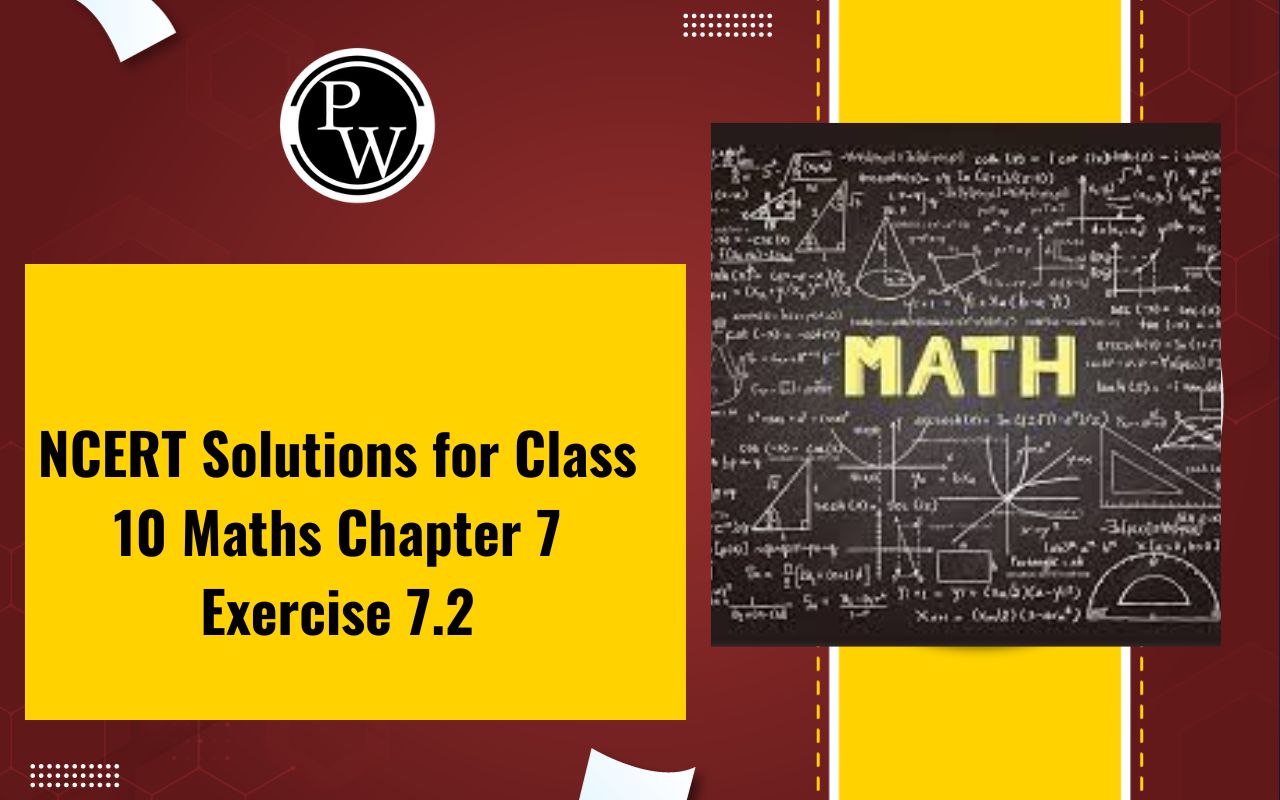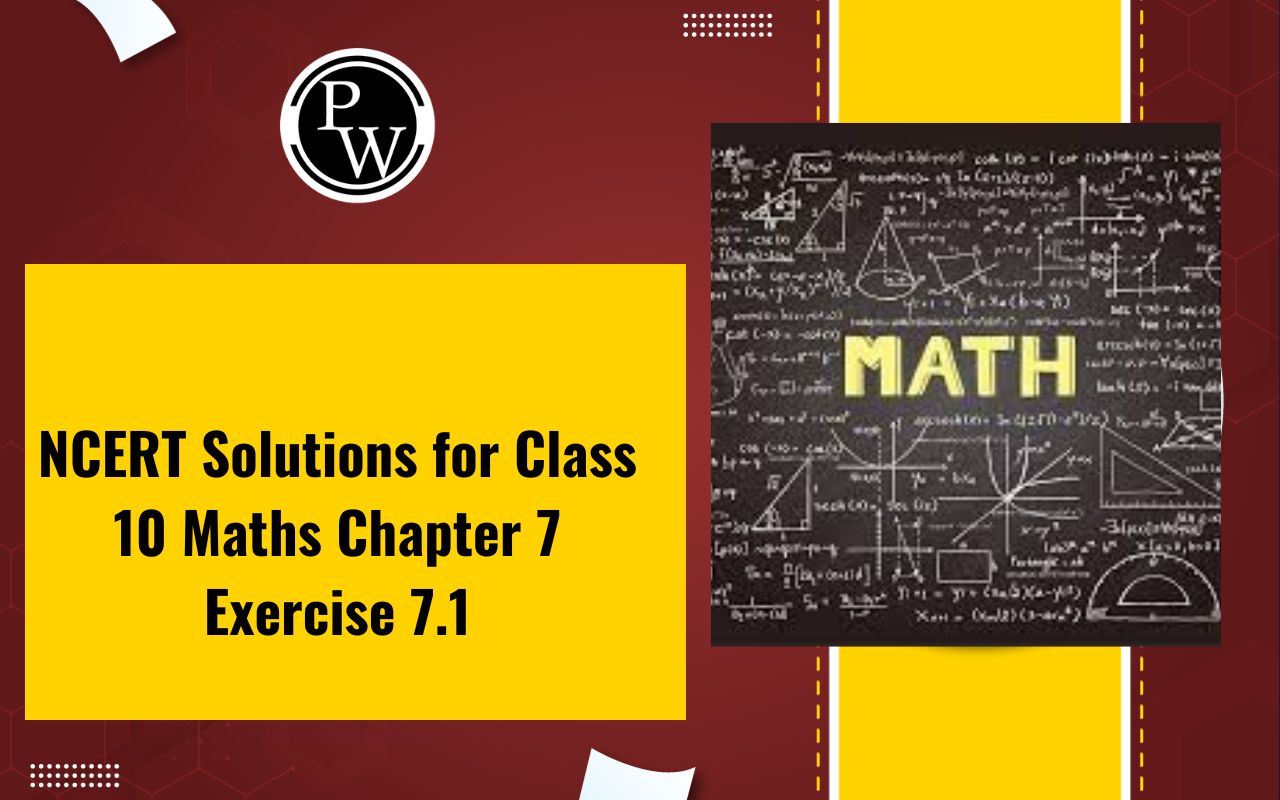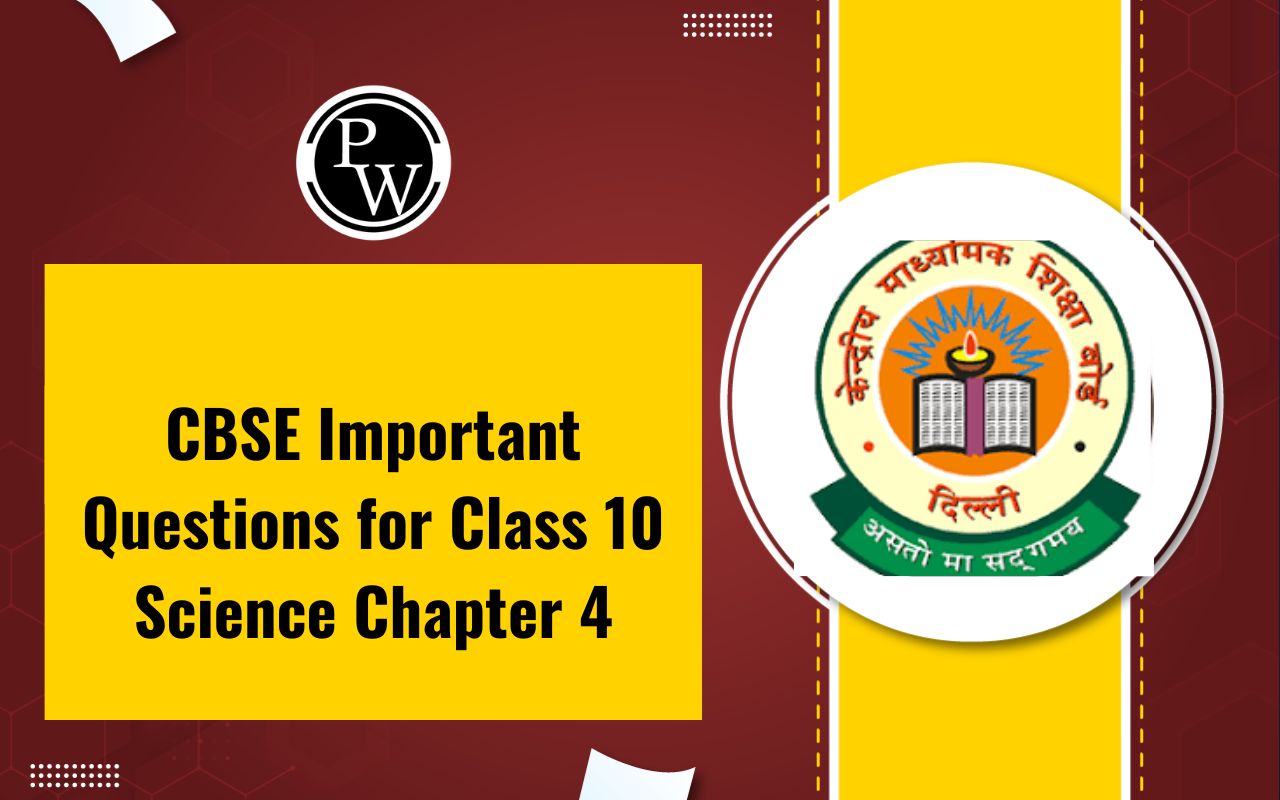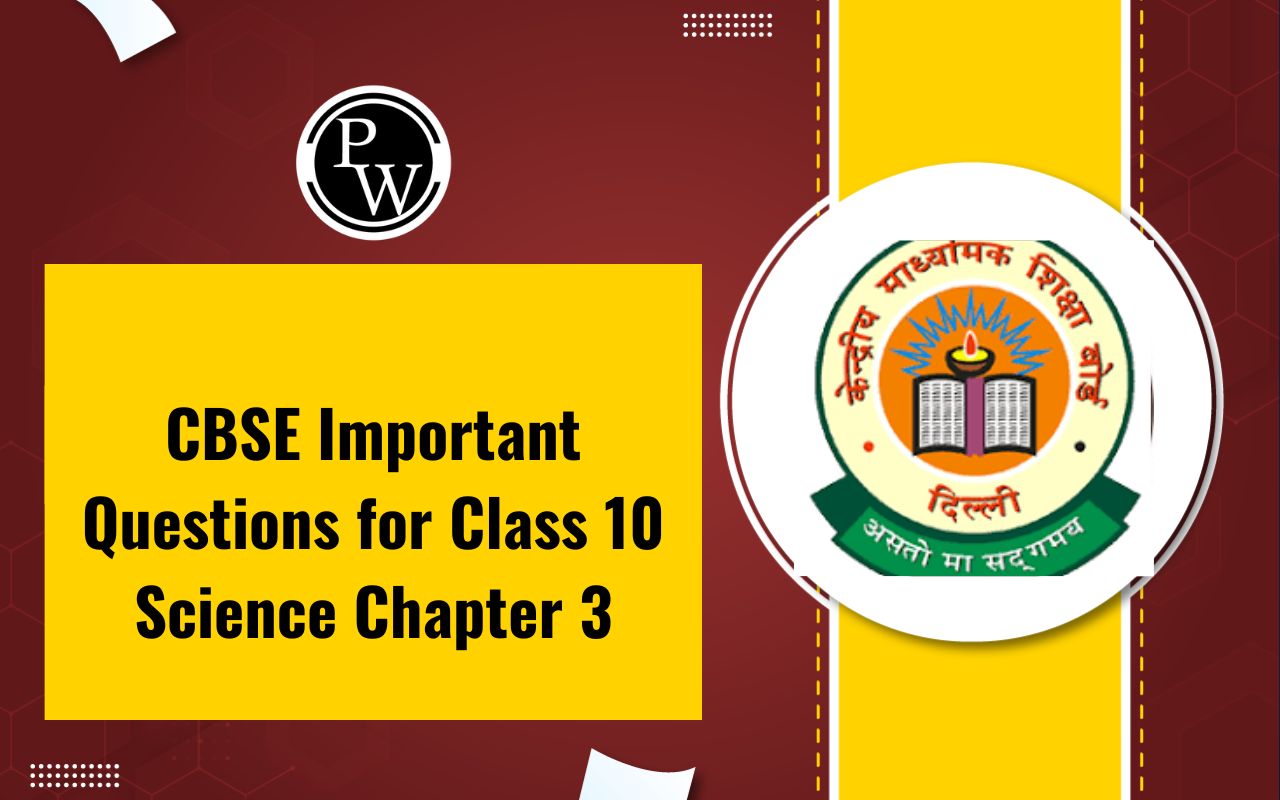
Mathematical reasoning Formula is an essential skill that empowers students to assess a given hypothesis devoid of any specific context or interpretation. In simpler terms, when evaluating a scientific inquiry or statement, the process relies on objective analysis rather than personal opinions. The formation of conclusions and the presentation of proofs necessitate a foundation rooted in facts and scientific principles.
The abilities of mathematical critical thinking and logical reasoning are indispensable for tackling mathematical reasoning questions effectively. Just as in literature, where we adhere to grammar rules, there exist analogous rules and components within scientific hypotheses. It's crucial to recognize that the majority of books and texts devoted to mathematical reasoning adhere to the conventions of scientific grammar and employ relevant terminology and notation.What Are The Basic Terms Used In Mathematical Reasoning Formula?
This section delves into the fundamental concepts associated with Mathematical reasoning. Statement In mathematics, a statement adheres to specific criteria. It must be either true or false, but not both, to be considered a mathematically valid statement. Any sentence that is imperative, interrogative, or exclamatory cannot be regarded as a mathematically acceptable statement.Also Check - Real Number Formula
A sentence containing one or more variables is referred to as an open statement. An open statement can be transformed into a statement by substituting definite values for the variables. Example: "The distance from the center of a circle to any point on the circumference of the circle is equal." Conjunction and Disjunction When statements are combined to create a new statement where all the conditions must be met, it is known as a Conjunction. Commonly used terms to join such statements include 'and' and 'with.' When statements are combined to create a new statement where only one of the conditions needs to be satisfied, it is referred to as a Disjunction. Commonly used terms to join such statements include 'or' and 'but.' A conjunction is true only if all the original statements are true. It is false if any of the original statements are false.Also Check - Area related to circles Formula
A disjunction is true if at least one statement is true. It is false if none of the original statements are true. Example: "A square is a polygon, and a parallelogram can also be a square." These are key mathematical terms that will enhance your understanding of and proficiency in mathematical reasoning. These concepts will also aid you in solving and comprehending reasoning questions.Also Check - Linear Inequalities formula
What Are The Types Of Mathematical Reasoning?
Inductive Reasoning Inductive reasoning relies on observations rather than hypotheses. When a phenomenon is observed numerous times (n times), it can be generalized. However, this generalization is grounded in observation and may, therefore, carry a risk of being false. Inductive reasoning is essentially an educated guess supported by valid reasons. Illustration of workplace engineering objects from a top view, emphasizing the concept of construction. Various engineering tools are visible, with a vintage tone and retro filter effect applied, creating a soft focus (selective focus). This form of reasoning is typically not employed in geometry. For instance, one might observe several right triangles and erroneously conclude that all triangles are right triangles. Hence, other mathematical tools are employed to establish geometric results. To clarify the concept, let's examine an example of inductive reasoning:Example of Inductive Reasoning
Statement: I randomly selected a ball from a bag, and it happened to be red. I selected a second ball, which was also red. When I picked a third ball from the bag, it too was red. Consequently, I conclude that all the balls in the bag are red.Download PDF Mathematical Reasoning Formula
Reasoning: All the balls drawn from the bag thus far have been red. Therefore, it is reasonable to infer that all the balls in the bag are red. This exemplifies inductive reasoning, where existing data is analyzed to arrive at a general conclusion. Deductive Reasoning Deductive reasoning operates on principles that stand in direct contrast to those of induction. Unlike inductive reasoning, deductive reasoning does not rely on simple generalizations. It necessitates a hypothesis or a statement that must hold true under specific conditions for deductive reasoning to be valid. In contrast to inductive reasoning, which can yield false conclusions, deductive reasoning is consistently true. Image of a teacher assisting a student in constructing a right-angled triangle. Hence, deductive reasoning finds application in mathematical and geometric proofs. To illustrate the concepts discussed in this section, consider the following example of deductive reasoning:Example of Deductive Reasoning
Statement: The sum of angles in a triangle always equals 180°, and ABC is defined as a triangle. Reasoning: In this given statement, we are working with two hypotheses: one stating that the sum of angles in a triangle equals 180°, and the other affirming that ABC is indeed a triangle. Based on these given hypotheses, we deduce that the sum of the angles in triangle ABC is 180°. Abductive Reasoning Abductive reasoning represents a modified version of inductive reasoning and adopts a more pragmatic approach. In contrast to inductive reasoning, where the data or observations are complete, real-life situations often lack comprehensive data at the time of decision-making. Image of a student engaged in constructing objects on paper. Therefore, conclusions and reasoning may vary based on the available data and its limitations. Example of Abductive Reasoning: Statement: The heights of four students in a class were measured and found to be 160cm, 162cm, 163cm, and 167cm, respectively. The measuring scale used had a minimum unit of 1cm. Reasoning: Based on the data and hypotheses available during the initial observation, the average height was calculated to be 163cm. However, when a new measuring scale with a minimum unit of 0.1cm was introduced, the recorded heights of the students changed. Consequently, this alteration also affected the average height, which was recalculated to be 163.8cm. As discussed in this section, reasoning techniques can be categorized into three main sections: inductive, abductive, and deductive reasoning. A grasp of these three reasoning approaches will assist you in solving various reasoning questions. From an examination perspective, it is essential to identify the appropriate reasoning technique required to solve a given question.What Are The Types Of Reasoning Statements?
Mathematical reasoning statements can be broadly categorized into three types: Simple Statements Compound Statements If-Then Statements Let's explore each type of reasoning statement with examples. Simple Statements: A simple statement is one where the truth value of the statement or proposition doesn't depend on another statement. In other words, it cannot be broken down into simpler statements. Simple statements are straightforward to work with, and a direct reasoning approach can be applied. Here are some examples to illustrate the concept of simple statements: Example 1: "A square is a parallelogram." Reasoning: This statement doesn't contain modifiers or depend on other statements, making it simple. Compound Statements: Compound statements are created by combining two or more simple statements using connectives such as 'and' or 'or.' Various connectives can be used to form compound statements. These statements play a crucial role in deductive reasoning in mathematics. Let's examine a detailed example for a better understanding: Example 1: Two simple statements joined together with a connector. Statement 1: "Parallel lines do not intersect." Statement 2: "Transversal lines make equal alternate angles with parallel lines." Compound Statement: "Parallel lines do not intersect, and transversal lines make equal alternate angles with parallel lines." Example 2: Dissecting a compound statement into its simple statement components. Compound Statement: "A triangle has three sides, and a square has four sides." Simple Statements for this Compound Statement: Statement 1: "A triangle has three sides." Statement 2: "A square has four sides." If-Then Statements: Conditional statements where a hypothesis is followed by a conclusion are known as If-Then statements. If the hypothesis is true and the conclusion is false, the conditional statement is false. Conversely, if the hypothesis is false, the entire statement is false. Example 1: "If 40% of the population is female, then 60% of the population is male." Reasoning: In this statement, the hypothesis is that 40% of the population is female, and if this condition is met, then the conclusion is satisfied.Sample Mathematical Reasoning Questions With Answers
Now that we have covered the fundamentals of Mathematical Reasoning and explored various terminologies and reasoning types, let's delve into two sample questions with explanations to deepen our understanding of mathematics and reasoning. Q1. Look at this series: 12, 10, 13, 11, 14, 12, … What number should come next?- 15
- 16
- 13
- 10
- RADIUS
- CHORD
- SECTOR
- CIRCUMFERENCE
Mathematical reasoning Formula FAQs
Define the term Fallacy in Mathematical Reasoning.
A fallacy in mathematical reasoning pertains to mistakes or errors in hypotheses that arise from logical inaccuracies or flawed reasoning.
What is meant by Mathematical Reasoning?
Mathematical reasoning is an essential skill that empowers students to assess a given hypothesis devoid of any specific context or interpretation.
What are the different types of Mathematical Reasoning?
Inductive reasoning
Deductive reasoning
Abductive reasoning
Explain the different types of Statements.
Mathematical reasoning statements can be broadly categorized into three types:
Simple Statements
Compound Statements
If-Then Statements
🔥 Trending Blogs
Talk to a counsellorHave doubts? Our support team will be happy to assist you!

Check out these Related Articles
Free Learning Resources
PW Books
Notes (Class 10-12)
PW Study Materials
Notes (Class 6-9)
Ncert Solutions
Govt Exams
Class 6th to 12th Online Courses
Govt Job Exams Courses
UPSC Coaching
Defence Exam Coaching
Gate Exam Coaching
Other Exams
Know about Physics Wallah
Physics Wallah is an Indian edtech platform that provides accessible & comprehensive learning experiences to students from Class 6th to postgraduate level. We also provide extensive NCERT solutions, sample paper, NEET, JEE Mains, BITSAT previous year papers & more such resources to students. Physics Wallah also caters to over 3.5 million registered students and over 78 lakh+ Youtube subscribers with 4.8 rating on its app.
We Stand Out because
We provide students with intensive courses with India’s qualified & experienced faculties & mentors. PW strives to make the learning experience comprehensive and accessible for students of all sections of society. We believe in empowering every single student who couldn't dream of a good career in engineering and medical field earlier.
Our Key Focus Areas
Physics Wallah's main focus is to make the learning experience as economical as possible for all students. With our affordable courses like Lakshya, Udaan and Arjuna and many others, we have been able to provide a platform for lakhs of aspirants. From providing Chemistry, Maths, Physics formula to giving e-books of eminent authors like RD Sharma, RS Aggarwal and Lakhmir Singh, PW focuses on every single student's need for preparation.
What Makes Us Different
Physics Wallah strives to develop a comprehensive pedagogical structure for students, where they get a state-of-the-art learning experience with study material and resources. Apart from catering students preparing for JEE Mains and NEET, PW also provides study material for each state board like Uttar Pradesh, Bihar, and others
Copyright © 2025 Physicswallah Limited All rights reserved.
Get App
